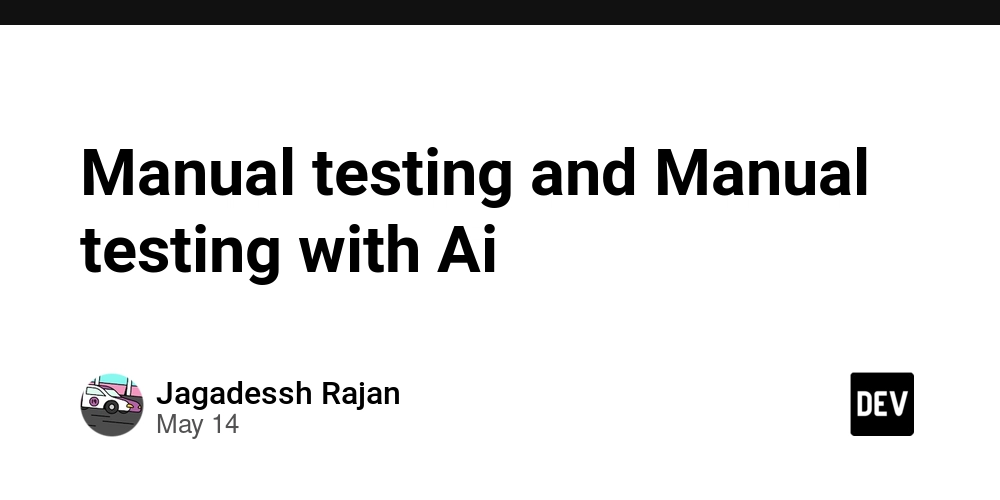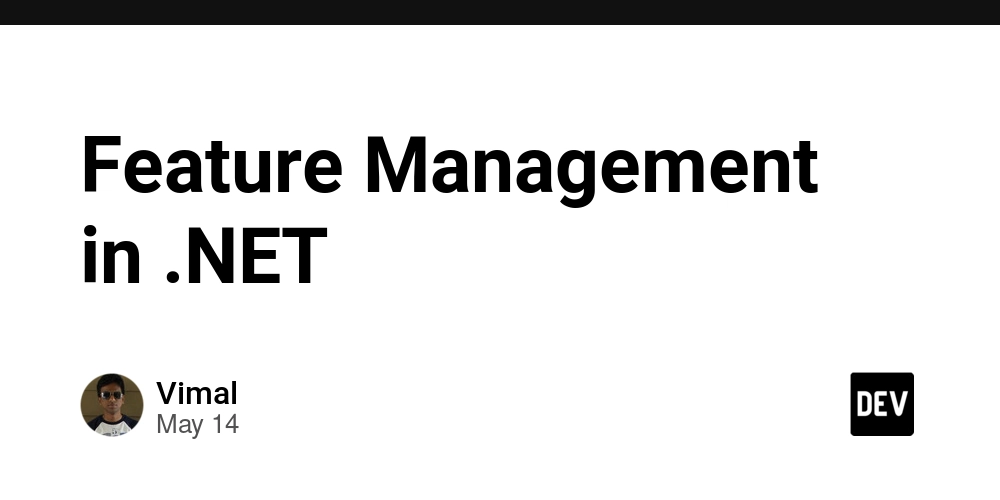Manual testing and Manual testing with Ai
Common Manual Testing technique SOFTWARE: It is a set of instruction which directs a computer to perform a specific task is called software There are different types of software, they are 1) system software It is foundation of any computer system managing hardware It runs in background Interact directly with hardware's e.g.) OS, Devices drivers, utilities 2) application software Helps users to do a particular job knows as apps e.g.) Chrome, MS word etc. 3) programming software It is a applications developers/testers use to create applications It is designed to developer/tester visual studio, android studio, VS code 4) middleware This connects with different system, applications or components of a system 5) firmware It is a specialized software embedded in hardware devices. SDLC (SOFTWARE DEVELOPMENT LIFE CYCLE): It is a structured process for planning, creating, testing and deploying software. It is comprises of phases Requirement analysis system design implementation/execution testing deployment maintenance REQUIREMENT ANALYSIS: This phase involves gathering and analyzing the needs of stakeholders. This focused on understanding the project and user expectation and system requirement Conducting meeting/interviews with stakeholder document everything SYSTEM DESIGN: Translate the requirement into technical blueprint Create high level / low level design choose programing language IMPLEMENTATION/ EXECUTION: Write the code from technical blueprint conduct code reviews for a good quality TESTING: STLC write and execute test cases perform various test like unit, integration, system, regression and UAT identify and log defects and add fix to it DEPLOYMENT: Deploy the application Software is released to production environment for end users MAINTENANCE: It is monitored updated and improved based on user feedback buys and new requirement. SOFTWARE DEVELOPMENT METHODOLOGY: It is a structured approach for validating and verifying the software applications meets the requirements. There are different types of methodology, Waterfall methodology Agile methodology Spiral V-model DevOps testing Exploratory testing WATERFALL METHODOLOGY: The waterfall methodology is a step-by-step project management approach where each phase (like planning designing development testing and deployment) is completed fully before moving to the next step like water flowing down a water fall. It is simple structured and best for project with clear fixed requirements. AGILE METHODOLOGY: Agile methodology is a flexible and interactive approach to project management where work is done in small managable parts (called sprints),allowing for frequent feedback quick changes and continous improvement throughout the project. SPIRAL: Very high risks projects only cycles=spiral each spiral starts with planning, risk analysis and define objective. V-MODEL: V= Verifivation and validation model It is like a waterfall model where as each phase is starts with planning and the other development phase LEVELS OF TESTING: 1) Unit testing 2) Integration Testing 3) System testing 4) Acceptance testing Unit Testing: Test individual components or functions Done by developers Ensures that each part works correctly on its own Integration Testing: Test how different types of system works together catches issues with interface and data flow between modules. System Testing: Test complete and integrated software system. It validates that the system complies with SRS document or not Checks overall functionality performance and compliance with requirement. Acceptance Testing: Done by clients or testers Final stage before releasing the product Tests if the system meets user needs and requirement. Levels scope performed timing Unit testing Individual components Developers DC integration testing Module interaction Developers/Testers AUT system testing Entire integrated system QA Team AIT acceptance testing user/business requirement End users/Clients AST TESTING TECHNIQUE: White box testing Grey box testing Black box testing Black Box Testing – Tests the software without knowing the internal code; focuses on inputs and outputs. Tester relies solely on input and output It verifies functionality over requirements Done by testers, QA team or end user White Box Testing – Tests the internal logic or structure of the code. Grey Box Testing – Combines both black box and white box approaches. Phases of STLC: Requirement Analysis – Understanding testable requirements and identifying testing priorities. Test Planning – Defining the testing strategy, scope, resources, and schedule. Test Case De

Common Manual Testing technique
SOFTWARE:
It is a set of instruction which directs a computer to perform a specific task is called software
There are different types of software, they are
1) system software
It is foundation of any computer system managing hardware
It runs in background
Interact directly with hardware's
e.g.) OS, Devices drivers, utilities
2) application software
Helps users to do a particular job
knows as apps
e.g.) Chrome, MS word etc.
3) programming software
It is a applications developers/testers use to create applications
It is designed to developer/tester
visual studio, android studio, VS code
4) middleware
This connects with different system, applications or components of a system
5) firmware
It is a specialized software embedded in hardware devices.
SDLC (SOFTWARE DEVELOPMENT LIFE CYCLE):
It is a structured process for planning, creating, testing and deploying software.
It is comprises of phases
- Requirement analysis
- system design
- implementation/execution
- testing
- deployment
- maintenance
REQUIREMENT ANALYSIS:
- This phase involves gathering and analyzing the needs of stakeholders.
- This focused on understanding the project and user expectation and system requirement
- Conducting meeting/interviews with stakeholder
- document everything
SYSTEM DESIGN:
Translate the requirement into technical blueprint
Create high level / low level design
choose programing language
IMPLEMENTATION/ EXECUTION:
Write the code from technical blueprint
conduct code reviews for a good quality
TESTING:
- STLC
- write and execute test cases
- perform various test like unit, integration, system, regression and UAT
- identify and log defects and add fix to it
DEPLOYMENT:
Deploy the application
Software is released to production environment for end users
MAINTENANCE:
It is monitored updated and improved based on user feedback buys and new requirement.
SOFTWARE DEVELOPMENT METHODOLOGY:
It is a structured approach for validating and verifying the software applications meets the requirements.
There are different types of methodology,
Waterfall methodology
Agile methodology
Spiral
V-model
DevOps testing
Exploratory testing
WATERFALL METHODOLOGY:
The waterfall methodology is a step-by-step project management approach where each phase (like planning designing development testing and deployment) is completed fully before moving to the next step like water flowing down a water fall. It is simple structured and best for project with clear fixed requirements.
AGILE METHODOLOGY:
Agile methodology is a flexible and interactive approach to project management where work is done in small managable parts (called sprints),allowing for frequent feedback quick changes and continous improvement throughout the project.
SPIRAL:
Very high risks projects only
cycles=spiral
each spiral starts with planning, risk analysis and define objective.
V-MODEL:
V= Verifivation and validation model
It is like a waterfall model where as each phase is starts with planning and the other development phase
LEVELS OF TESTING:
1) Unit testing
2) Integration Testing
3) System testing
4) Acceptance testing
Unit Testing:
Test individual components or functions
Done by developers
Ensures that each part works correctly on its own
Integration Testing:
Test how different types of system works together
catches issues with interface and data flow between modules.
System Testing:
Test complete and integrated software system. It validates that the system complies with SRS document or not
Checks overall functionality performance and compliance with requirement.
Acceptance Testing:
Done by clients or testers
Final stage before releasing the product
Tests if the system meets user needs and requirement.
Levels scope performed timing
Unit testing Individual components Developers DC
integration testing Module interaction Developers/Testers AUT
system testing Entire integrated system QA Team AIT
acceptance testing user/business requirement End users/Clients
AST
TESTING TECHNIQUE:
White box testing
Grey box testing
Black box testing
Black Box Testing –
Tests the software without knowing the internal code; focuses on inputs
and outputs.
Tester relies solely on input and output
It verifies functionality over requirements
Done by testers, QA team or end user
White Box Testing – Tests the internal logic or structure of the code.
Grey Box Testing – Combines both black box and white box approaches.
Phases of STLC:
- Requirement Analysis – Understanding testable requirements and identifying testing priorities.
- Test Planning – Defining the testing strategy, scope, resources, and schedule.
- Test Case Development – Creating detailed test cases based on requirements.
- Test Environment Setup – Preparing the necessary hardware/software for testing.
- Test Execution – Running test cases and logging defects.
- Test Cycle Closure – Evaluating test results, documenting findings, and improving future processes.
The future of manual testing in the age of AI
Manual testing isn't going away, but it's evolving. AI is great at handling repetitive tasks like regression testing, but it can't replace human intuition, creativity, and judgment. In the future, manual testers will focus more on exploratory testing, usability checks, and complex scenarios that AI might miss. Instead of doing routine tests, testers will work alongside AI, using automation to speed up processes while ensuring software quality with their expertise
Boundary Value Analysis (BVA)
It aims to test the boundaries or edges of input ranges
It aims to catch errors at the edge of input domain
It is edge testing
Decision Table Testing (DTT)
Represent the complex business rules or logic as a table and map it to the actions to derive test cases




































































































































































![[The AI Show Episode 147]: OpenAI Abandons For-Profit Plan, AI College Cheating Epidemic, Apple Says AI Will Replace Search Engines & HubSpot’s AI-First Scorecard](https://www.marketingaiinstitute.com/hubfs/ep%20147%20cover.png)

































































































































































































































































_Gang_Liu_Alamy.jpg?width=1280&auto=webp&quality=80&disable=upscale#)































































































![Review: Sonnet Echo 13 Thunderbolt 5 SSD Dock – 140W MacBook charging, 2.5GbE, up to 6000 MB/s SSD speed [Video]](https://i0.wp.com/9to5mac.com/wp-content/uploads/sites/6/2025/05/Sonnet-Echo-13-Thunderbolt-5-SSD-Dock-Review-1.jpg?resize=1200%2C628&quality=82&strip=all&ssl=1)



















![Apple Planning Bezel-Free iPhone With 'Four-Sided Bending' Display [Report]](https://www.iclarified.com/images/news/97321/97321/97321-640.jpg)

![Apple Working on Brain-Controlled iPhone With Synchron [Report]](https://www.iclarified.com/images/news/97312/97312/97312-640.jpg)
































































































